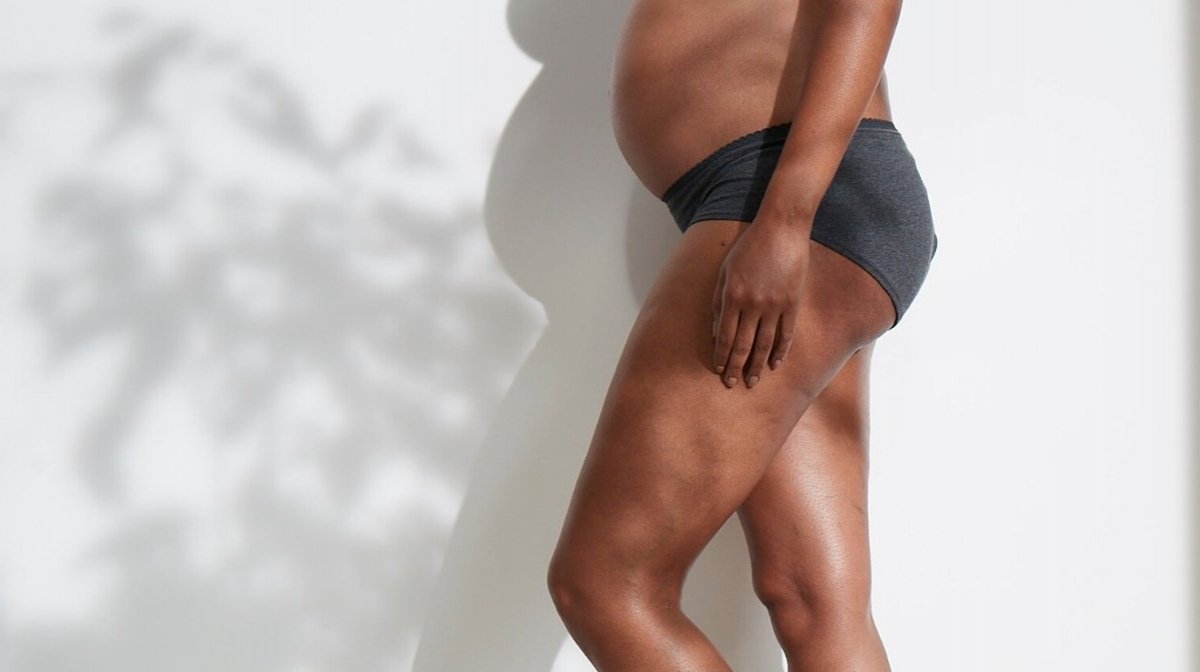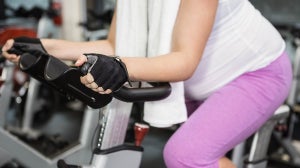In the delivery room you need two things present; a doctor and a vagina. A mama’s vagina goes through a lot during child birth so it’s important to care for it before and after delivery. Perineal tearing is probably not something you want to think about too much but there are a few things mamas should know before going into the delivery room.
In this excerpt from Mama You’ve Got This, an honest guide to pregnancy, Melissa Schweiger Kleinman, offers her frank advice on the truth about your vagina during pregnancy.

How the vagina changes during childbirth
The word “tearing” and “vagina” in the same sentence is enough to give even the most pain-tolerant mama a chill down her spine. The good news is that if your lady parts do tear, which with first time births is unfortunately very common, the healing period is pretty quick, about a week or two of discomfort, mostly when you’re trying to go number two.
Perineal massage: What is it and how does it help?
In a perfect scenario, you wouldn’t tear, but there are measures you can take to try and prevent it from happening. The first anti-tear method is through perineal massage, which is the age old practice of birth canal widening (yeah, I know, sounds a bit odd). The perineum refers to the area between your vagina and rectum. Experts say that about six weeks before your due date, start massaging an oil or lubricant at the base of your vagina to help soften the tissue and increase its ability to stretch.
Vaginal stretching during childbirth
Another way to try and prevent tearing is with the position you’re in during childbirth. Side-lying on the hands and knees or upright squatting are all thought to prevent tearing. Ask your labour team to apply warm compresses to the perineum right before the baby comes to help reduce your chance of tearing. It’s also thought that the more in control you are of the pushing, the less chance there is for you to tear. So if you can slowly push between contractions rather than pushing as hard as possible when your doctor or midwife is counting, you’re not putting as much pressure on your perineum, allowing the vaginal area to slowly stretch. Talk to your doctor about their thoughts on perineal massage and make sure to get the green light from them first.








